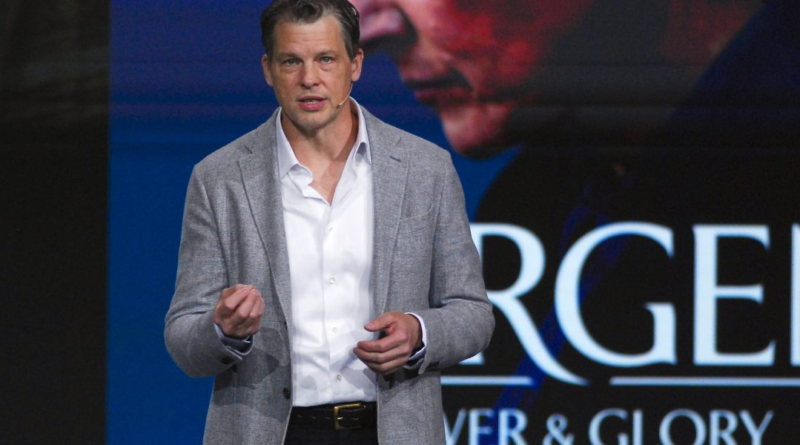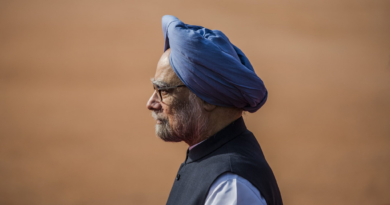Netflix chief just hinted that more price hikes are coming. Here’s what to expect
After taking a temporary break from raising prices for its streaming product, Netflix is “back to business as usual,” co-CEO Greg Peters said during Tuesday’s earnings call with analysts and investors. What that means—to judge by the company’s history of price hikes—is an increase of $1 to $2 on monthly bills every year or every other year across its various plan options.
The company took something of a pause on price hikes for most of 2023, increasing revenue instead by cracking down on users who share their passwords with others. By limiting Netflix access to just one household per account, users who had previously shared profiles and wanted to continue using the service had to either purchase their own accounts or add themselves as an additional member to an existing account, for $7.99 per month. While the company hasn’t disclosed exactly how many password sharers became true members, the platform gained 30 million subscribers last year, bringing its total to 260 million.
“Now that we’re through that,” Peters said on the call Tuesday, “we’re able to resume our sort of standard approach toward price increases.”
So, what exactly is “standard” for Netflix?
In the first four to five years after launching a new tier of service, the company typically doesn’t raise the price of that product. But after that honeymoon phase, Netflix tends to increase the monthly cost of its tiers by a couple dollars every year to every other year. If Netflix follows that same course of action, U.S. consumers can expect the price of the advertising tier to remain stable over the next couple years, since it only launched in November of 2022. And they can expect to shell out more money for the Standard tier in the near future, given that executives last increased its cost in January of 2022.
While Netflix’s past strategies can indicate what executives are thinking for the future, it is difficult to make any concrete determinations about executives’ plans for price increases. The company will phase out its Basic plan for new members in prime advertising markets, including the U.K. and Canada, to drive users toward its ad tier, executives said in the company’s earnings note. The move may impact how the company plans to change prices for adjacent tiers.
Based on what the company’s co-CEOs have shared, Netflix will begin charging more in specific regions when it determines it has delivered enough “entertainment value” to do so. “We look at engagement, retention, acquisition as the signals there, so that we can go back to members and ask them to pay a bit more to keep that positive flywheel going, and we can invest in more great films, series, and games for those members,” Peters said.
Netflix took another big step this week in its plans to augment the entertainment value with a $5 billion, 10-year deal with World Wrestling Entertainment.
“Further price hikes will be tightly correlated to a strong performing content slate,” Bernstein analysts added in a report published on Wednesday.
Analysts previously told Fortune they see no end to the price increases across the streaming industry, because it can effectively pump revenue and keep investors happy in a saturated market. But some are also questioning how high Netflix can push it without significant churn. The premium tier, at $22.99 per month as of an October price increase, is now one of the most expensive in the industry. “A potential churn spike” from this increase could, among other factors, “spook the market and reset Netflix’s multiple yet again,” MoffettNathanson analysts said in a report published on Wednesday.
The news follows a strong quarter for Netflix, in which the company beat revenue and subscriber growth estimates from Wall Street. The company posted $8.83 billion in revenue for the fourth quarter of 2023, up more than 12% year over year. Its stock is up 12.8% from Tuesday’s close, trading on Wednesday at $550 per share.



